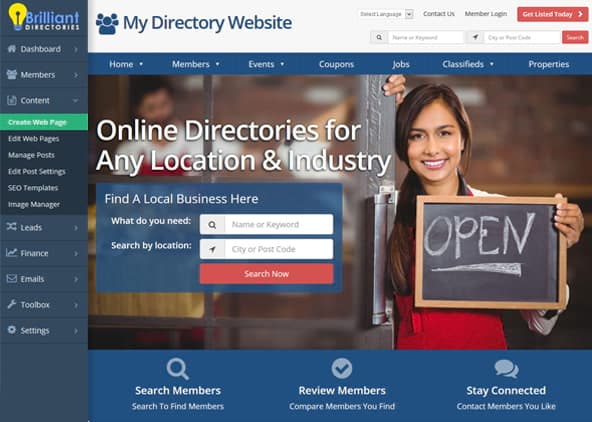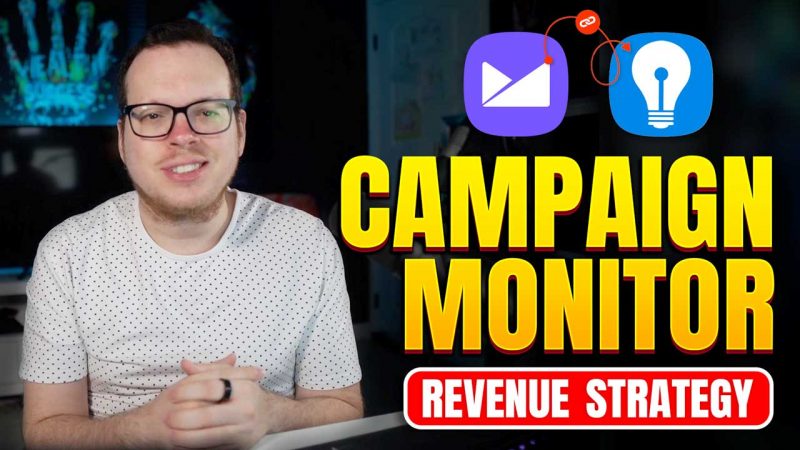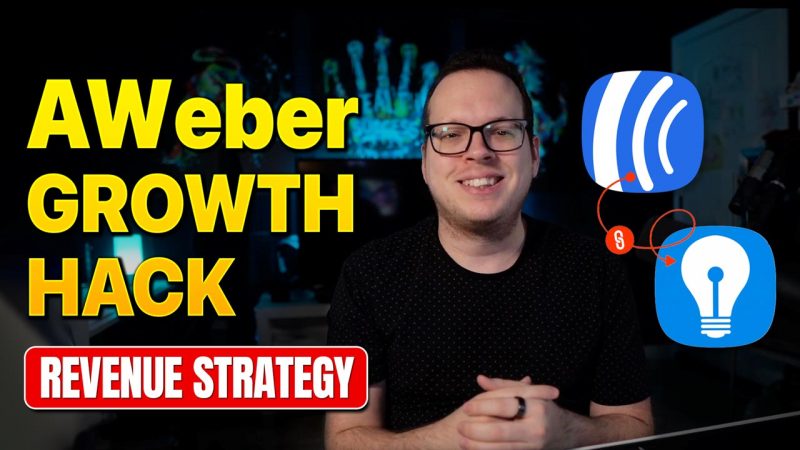
Environmental groups need an online community platform to connect, share knowledge, and organize action. This guide ranks the top five options like Brilliant Directories, Mighty Networks, Circle, Hivebrite, and Discourse have strengths but may lack key features. The right platform builds stronger advocacy, keeps members involved, and streamlines collaboration.
Environmental groups need more than social media posts and occasional emails to keep people engaged. They need a dedicated space where supporters can learn, discuss, and take action together. That’s where an online community platform comes in—it provides structure, tools, and a sense of belonging, making it easier to educate and mobilize members.
Instead of relying on scattered platforms or struggling to keep conversations alive on traditional forums, a well-built community hub creates momentum. Whether it’s sharing impactful stories, hosting live discussions, or celebrating achievements, having the right tools makes all the difference.
What is a Member Online Community Platform?
An online community platform is a dedicated space where people with shared interests connect, communicate, and collaborate. It provides the structure needed to organize discussions, host events, and share valuable information.
For environmental organizations, these platforms go beyond casual networking. They create a home base where members can learn, share experiences, and take meaningful steps toward change.
- Publish articles on topics like renewable energy solutions, conservation strategies, and policy updates, along with videos showcasing real-world environmental projects, expert interviews, and step-by-step guides on sustainable practices. Reports can include climate impact assessments, research studies, and action plans for reducing carbon footprints.
- Host live Q&As with environmental scientists, sustainability advocates, and policymakers to discuss topics such as climate legislation, eco-friendly business practices, and community-led conservation efforts. Webinars can cover topics like how to start a local clean-up initiative, implementing zero-waste practices, or securing funding for sustainability projects.
- Encourage discussions on pressing issues like plastic pollution, deforestation, and biodiversity loss. Members can share personal experiences, brainstorm solutions, and organize local or global advocacy campaigns that lead to meaningful change.
Why Are Online Community Platforms Important for Environmental Groups?
Without a dedicated space, environmental groups often struggle to keep members engaged and informed. Social media platforms are too scattered, and email lists don’t provide the interaction needed for long-term involvement. A strong online community platform creates a central hub that supports deeper connections.
- Makes it easier to organize discussions, events, and resources
- Encourages participation through interactive features
- Provides a reliable space for advocacy and collaboration
What Key Features Should an Online Community Platform Include?
Choosing the right platform means looking beyond basic messaging tools. Environmental groups need features that encourage engagement and action.
- Customizable profiles so members can showcase skills and interests
- Discussion forums that keep conversations going on key topics
- Event hosting tools for webinars, workshops, and meetups
- Content-sharing options for blog posts, case studies, and videos
- Fundraising tools to help support initiatives
Why Should Environmental Groups Use an Online Community Platform?
Building a movement requires more than just occasional outreach. A well-structured community keeps people involved, gives them ways to contribute, and ensures advocacy efforts reach the right audiences.
- Scales with the organization as more members join
- Encourages collaboration through forums, messaging, and events
- Provides ways to track engagement and measure success
What Results Can Environmental Groups Expect?
Organizations that use an online community platform see major improvements in participation, fundraising, and overall impact. Some of the biggest benefits include:
- Higher member retention since people feel more connected
- Increased reach for advocacy campaigns
- Stronger volunteer networks that help keep initiatives moving forward
Top 5 Online Community Platforms for Environmental Groups
With so many platforms available, choosing the right one can feel overwhelming. Here’s a breakdown of five options, ranked from the most effective to alternatives that may work for specific needs.
1. Brilliant Directories
Brilliant Directories is an all-in-one platform designed for membership-based communities. It offers built-in tools for event management, content sharing, and member engagement, making it a great fit for organizations looking for a complete solution.
- Pros: Easy to customize, excellent for content organization, and supports event hosting
- Cons: Some advanced features require initial setup
2. Mighty Networks
Mighty Networks focuses on social engagement, creating an interactive experience similar to a private social media network. It’s great for fostering conversations but lacks deeper organizational tools.
- Pros: Strong social networking features, mobile-friendly
- Cons: Less structured for professional memberships
3. Circle
Circle is designed for communities centered around knowledge sharing. It integrates with tools like Slack and Notion, making it useful for groups that prioritize discussion and collaboration.
- Pros: Simple design, integrates well with other platforms
- Cons: Limited options for monetization
4. Hivebrite
Hivebrite is a high-end platform that includes fundraising tools, making it useful for nonprofit organizations. However, it comes with a higher price tag.
- Pros: Good for fundraising, highly customizable
- Cons: More expensive than other platforms
5. Discourse
Discourse is a discussion-based platform that works well for structured conversations. It’s useful for organizing long-term discussions but lacks modern engagement tools.
- Pros: Open-source, good for structured discussions
- Cons: Less user-friendly for non-technical users
Challenges in Setting Up an Online Community Platform
Creating an online community takes planning, and organizations may run into a few common obstacles along the way.
- Keeping members engaged requires regular content and interaction
- Some platforms have a learning curve that takes time to adjust to
- Having a clear content strategy ensures members stay interested
The key to overcoming these challenges is consistency. Encouraging participation, sharing valuable content, and using automation tools can help keep the community active.
Creating a Stronger Environmental Community
Building a space where members can connect, learn, and collaborate is one of the most effective ways to strengthen an environmental movement. A well-structured online community ensures ongoing engagement and helps organizations grow their impact.
- Brilliant Directories: The best all-in-one community platform with tools for membership management and events
- Mighty Networks: Great for social-style engagement but less structured for organizations
- Circle: Strong knowledge-sharing features but lacks fundraising tools
- Hivebrite: Ideal for nonprofits but more expensive
- Discourse: Good for discussions but lacks interactive event tools
For environmental groups looking to strengthen their community and increase engagement, Brilliant Directories offers the most complete solution. Get started today with a 7-Day Free Trial.














